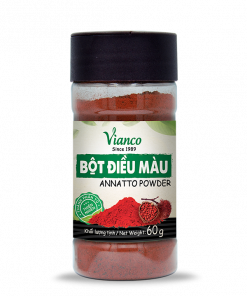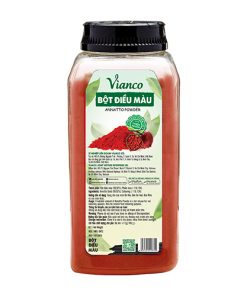No products in the cart.
Turmeric, also known as Curcuma longa or home turmeric, is a perennial herbaceous plant belonging to the ginger family. Native to tropical Tamil Nadu in Southeast India, turmeric requires temperatures between 20 and 30 degrees Celsius (68 and 86 degrees Fahrenheit) and ample rainfall to thrive. The plant’s tuber, or rhizome, is harvested annually and used for various purposes. Turmeric has a long history of use in South India, both as a dye and for its medicinal properties in Siddha medicine.

The tuber is boiled and dried, then ground into a dark orange-yellow powder commonly used as a spice in Tamil cuisine, particularly in curry dishes, and as a natural coloring agent. The active compound in turmeric is curcumin, which imparts a slightly spicy and bitter flavor with a mustard-like aroma. Curcumin has gained attention for its potential therapeutic properties in treating various diseases, including cancer, Alzheimer’s, diabetes, allergies, arthritis, and other chronic conditions. India is the leading producer of turmeric, with regional variations in names and usage across languages and countries.

Turmeric grows wild in the forests of South Asia and Southeast Asia and is a staple ingredient in many Asian dishes. While primarily used in savory dishes, it is also utilized in sweet recipes such as Sfouf cakes. In regions where turmeric is cultivated, the leaves are often used for wrapping and cooking food, adding a distinct flavor. Turmeric is not only used in powdered form but also in its fresh form, similar to ginger. It is a common spice in South Asian and Middle Eastern cuisines, and Persian dishes frequently incorporate turmeric. Nepal, South Africa, Vietnam, Indonesia, Thailand, and other countries have their own culinary uses for turmeric, adding color and flavor to a wide range of dishes. In medieval Europe, turmeric was even known as “Indian Saffron” due to its use as a more affordable substitute for the costly saffron spice.
Usage: Cooking curry, Vietnamese pancake, or as a dye.
Recipe: Based on the customer’s usage.
Store in a cool and dry place, away from direct sunlight.
| Weight | N/A |
|---|---|
| Khối Lượng Tịnh | 500 Gram, 1Kg |
Be the first to review “Dried Turmeric” Cancel reply
You must be logged in to post a review.


 Tiếng Việt
Tiếng Việt











Reviews
There are no reviews yet.